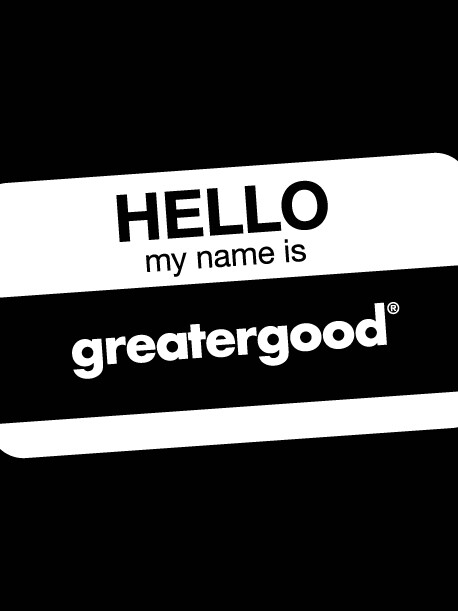In today’s interconnected world, consumers are bombarded with brand messaging and experiences across a multitude of formats as they navigate their daily lives. From the moment they wake up to the time they go to bed, consumers encounter brands in various contexts, channels, and touchpoints, shaping their overall brand perceptions and experiences.
Brands no longer live in “print” or on “screen”, they now live on vending machines, on our Alexa, on an iWatch, on a brand activation at your local train station. Brands are no longer static, they flex, move, and adapt. They are multifaceted and can be as much about an experience, as they can be about a visual asset.
“Brand Guidelines” can now typically also be called a “Brand Style Guide”, or even “Brand Cheat Sheet”. Guidelines typically live in printed formats, PDF formats, and online platforms which can be accessed easily with content and assets available for download immediately.
Put simply – brand guidelines enable brands to remain consistent across complex experiences and touchpoints.
In this article we look at ’10 Reasons Why Brand Guidelines Are Important’.
1. Establishes brand identity
Brand guidelines define the core elements of your brand identity, including logo usage, color palette, typography, brand assets, and more. By providing clear guidelines on these elements, brand guidelines help establish a strong and distinctive brand identity that sets you apart from competitors. It also defines a strategy behind these assets and why they work for your brand.
2. Ensures brand consistency across channels
Brand guidelines serve as a roadmap for maintaining consistency in brand assets, messaging, and tone across all channels. Consistency builds trust and reinforces brand recognition among consumers.
3. Aids brand recognition
Brand consistency makes it easier for consumers to recognise and recall your brand. Brand guidelines ensure that these elements are used consistently across all touchpoints, strengthening brand recognition and recall.
4. Streamlines design & marketing processes
Brand guidelines provide designers and marketers with clear rules and specifications for creating any branded materials. This streamlines the design process, reduces guesswork, and ensures that all marketing collateral adheres to the brand’s visual standards. Brand guidelines serve as a single port of call for anybody involved in a brand.
5. Guides internal teams
Brand guidelines serve as a reference tool for internal teams, including marketing, design, and communications departments. Guidelines show how to represent the brand consistently and effectively in various contexts, fostering alignment and clarity within the organisation.
6. Supports scaleability
As a business grows and expands into new markets or product lines, maintaining brand consistency becomes increasingly challenging. Brand guidelines provide a framework for scaling your brand identity and ensuring consistency across diverse markets, channels, and teams.
7. Enhances brand credibility
A consistent and well-executed brand identity instills confidence and credibility in customers and consumers. By adhering to brand guidelines, you demonstrate professionalism, attention to detail, and a commitment to quality, which enhances brand credibility and trustworthiness.
8. Protects brand equity
Brand guidelines help protect the integrity of your brand by defining how it should be represented and communicated. By ensuring consistency and coherence in branding efforts, brand guidelines safeguard brand equity and prevent dilution or misrepresentation.
9. Fosters collaboration
When collaborating with external partners, such as agencies, consultants, or partners, brand guidelines provide a common reference point and ensure alignment with your brand standards. This streamlines collaboration and reduces the risk of brand misinterpretation or inconsistency.
10. Allows for brand evolution
While brand guidelines provide a framework for consistency, they should also allow for flexibility and adaptation to changing market trends, consumer preferences, and business objectives. A well-designed set of brand guidelines evolves with the brand, enabling it to stay relevant and responsive to changing dynamics.
Do you have a brand guideline project in mind?
Need help defining your brand assets and brand toolkit?

Greatergood Brands®
Daniel Hinde is the Founder & Creative Director of Greatergood Brands. Daniel has over 20 years commercial experience building brands for global household names and disruptive challenger brands.
Sign up to our building better brands newsletter
Free insights for scaling brands









